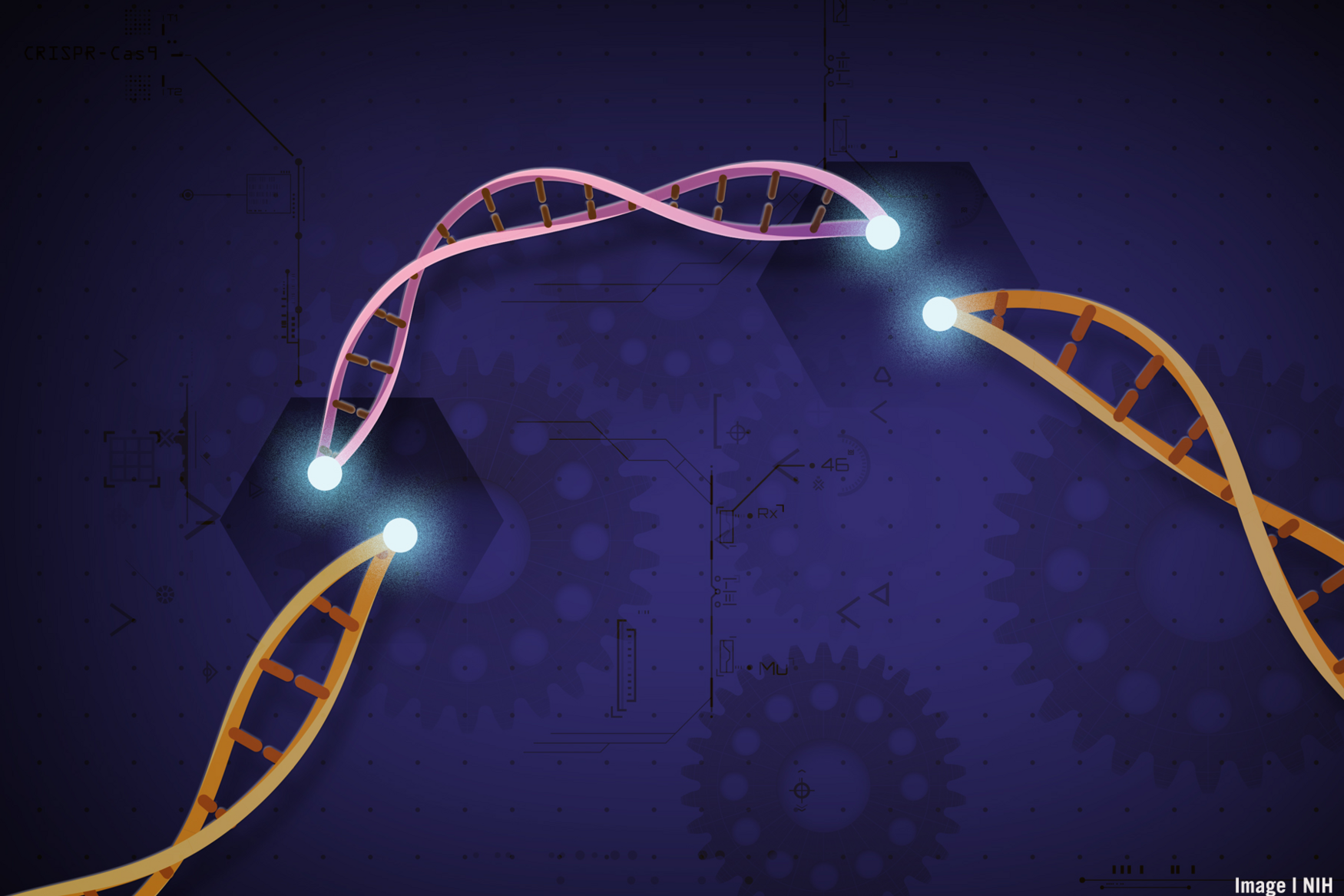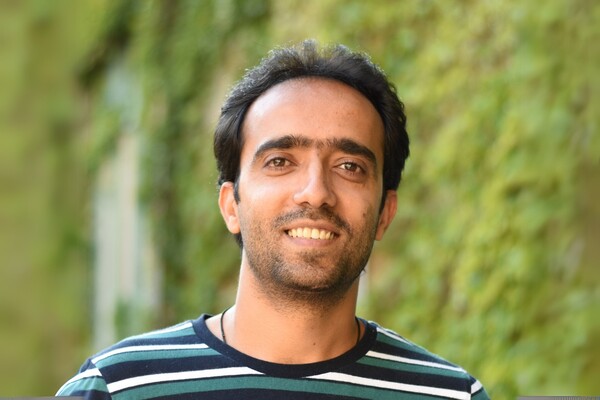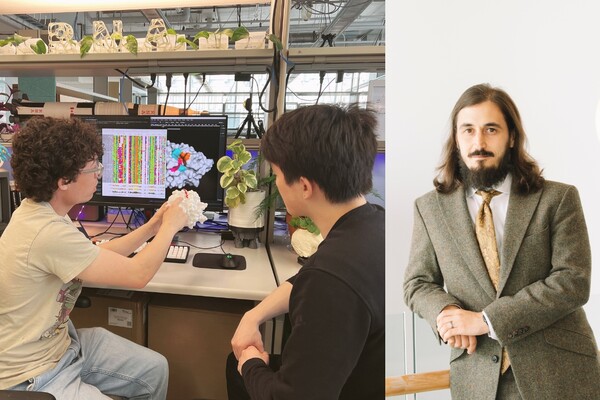Main Second Level Navigation
Genome Editing Just Got More Versatile Thanks to a New Technology Developed by Donnelly Centre Investigators

Scientists can now edit multiple sites in the genome at the same time to learn how different DNA stretches co-operate in health and disease.
CRISPR-based DNA editing has revolutionized the study of the human genome by allowing precise deletion of any human gene to glean insights into its function. But one feature remained challenging—the ability to simultaneously remove multiple genes or gene fragments in the same cell. Yet this type of genome surgery is key for scientists to understand how different parts of the genome work together in the contexts of both normal physiology and disease.
Now such a tool exists thanks to the teams of Benjamin Blencowe and Jason Moffat, both professors of molecular genetics at the Donnelly Centre for Cellular and Biomolecular Research. Dubbed ‘CHyMErA’, for Cas Hybrid for Multiplexed Editing and Screening Applications, the method can be applied to any type of mammalian cell to systematically target the DNA at multiple positions at the same time, as described in a study published in the journal Nature Biotechnology.
Often described as genome scissors, CRISPR works by sending a DNA-cutting enzyme to desired sites in the genome via guide RNA molecules, engineered to adhere to the target site. The most widely used DNA-cutting enzyme is Cas9.
Since Cas9 first came to light, other Cas enzymes with distinct properties have been identified by scientists seeking to improve and expand the applications of the technology. Unlike the CRISPR-Cas9 technology, CHyMErA combines two different DNA-cutting enzymes, Cas9 and Cas12a, to allow more versatile applications. Cas12a is an enzyme that can be used to generate multiple guide RNA molecules in the same cell, which is key for simultaneous DNA editing.
Thomas Gonatopoulos-Pournatzis, a research associate in Blencowe’s group, had spent several years trying to develop combinatorial gene editing by testing Cas9 and Cas12a enzymes on their own. He then had the idea to combine these enzymes to generate the CHyMErA system.
“We had been trying a number of approaches to induce genetic fragment deletions and nothing worked as well as CHyMErA,” he says. “I was thrilled when together with Shaghayegh Farhangmehr, a PhD student in the Blencowe lab, we saw the first evidence that CHyMErA was successful in deleting gene segments. We obtained these results on Boxing Day and it was the best Christmas present I could have wished for.”
The next step was to harness CHyMErA in large-scale screens to systematically analyze how genes act together, as well the functions of individual parts of genes. Blencowe’s team, which studies the regulation and function of gene segments known as exons, approached Moffat, whose group had developed extensive experience with CRISPR technology.
“With CHyMErA, you can use the best of the two enzymes,” says Michael Aregger, a research associate in the Moffat lab, who played a key role in developing the screen-based applications of CHyMErA. “Cas9 has been improved by the community to have a very high editing efficiency, whereas Cas12a allows multiplexing of guide RNAs and therefore provides a lot more flexibility in finding sites in the genome that we can cut.”
In one application of CHyMErA, the researchers targeted pairs of genes known as paralogs, which have a similar DNA code but remain poorly studied because they were difficult to research. Because paralogs arose by duplication of an ancestral gene, it had been assumed they would largely have similar roles. But their function could not be revealed by the existing single-gene targeting methods typically employed in genetic screens, mostly because the other paralog would compensate for the one that’s missing.
“With CHyMErA, we can take out both paralogs in pairs to see if that ancestral function is important for the cell to survive,” says Kevin Brown, senior research associate in the Moffat lab and co-lead author on the study along with Aregger and Gonatopoulos-Pournatzis. “We are able to now interrogate a class of genes that was previously missed.”
After knocking out ~700 paralog pairs, almost all that exist in the human genome, the analysis confirmed that many of these gene pairs do indeed perform similar roles in cell survival, whereas others have distinct functions.
Another feature of CHyMErA is that both Cas9 and Cas12a can be deployed to nearby genome sites to cut out gene fragments such as exons. This allowed the team to individually delete thousands of exons that have been linked to cancer and brain function but were not amenable to targeting with Cas9 alone. Exons are variably included into genes’ transcripts and can modify the function of the encoded proteins, although how individual exons contribute to cellular processes remains largely unknown. Out of 2,000 exons analyzed by CHyMErA, over 100 were found to be critical for cell survival, enabling future research to now focus on shining light on their potential roles in disease.
“Once we identify exons that have a critical role in disease, we can use this information to develop new therapies,” says Gonatopoulos-Pournatzis.
The research was supported by grants from the Canadian Institutes of Health Research, Medicine by Design Canada First Research Excellence Fund and the Ontario Institute for Regenerative Medicine.
Follows us on LinkedIn and Twitter to keep up with Donnelly Centre news.
News



